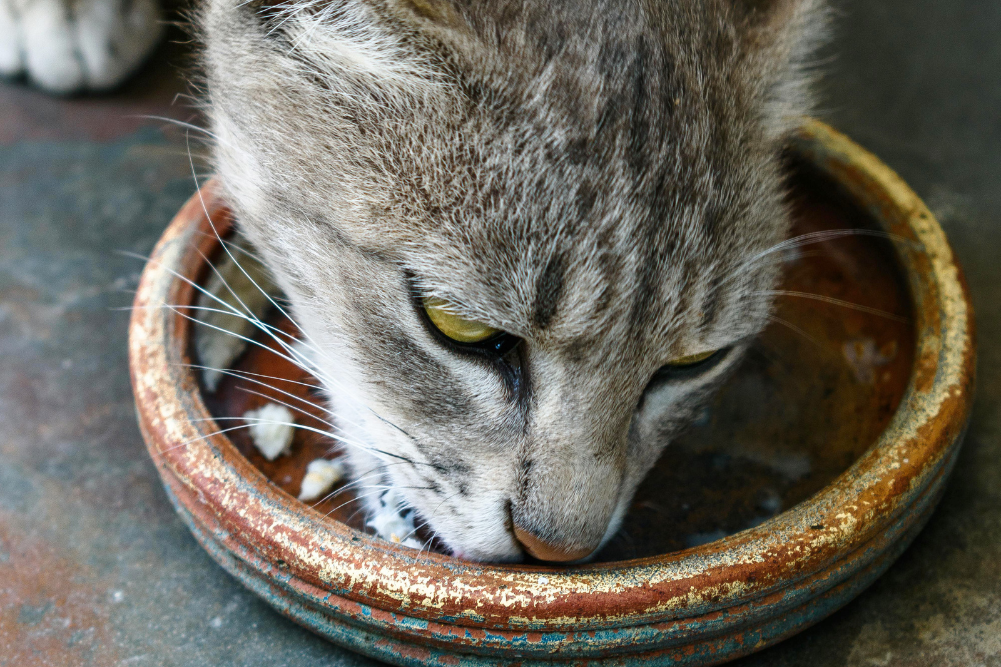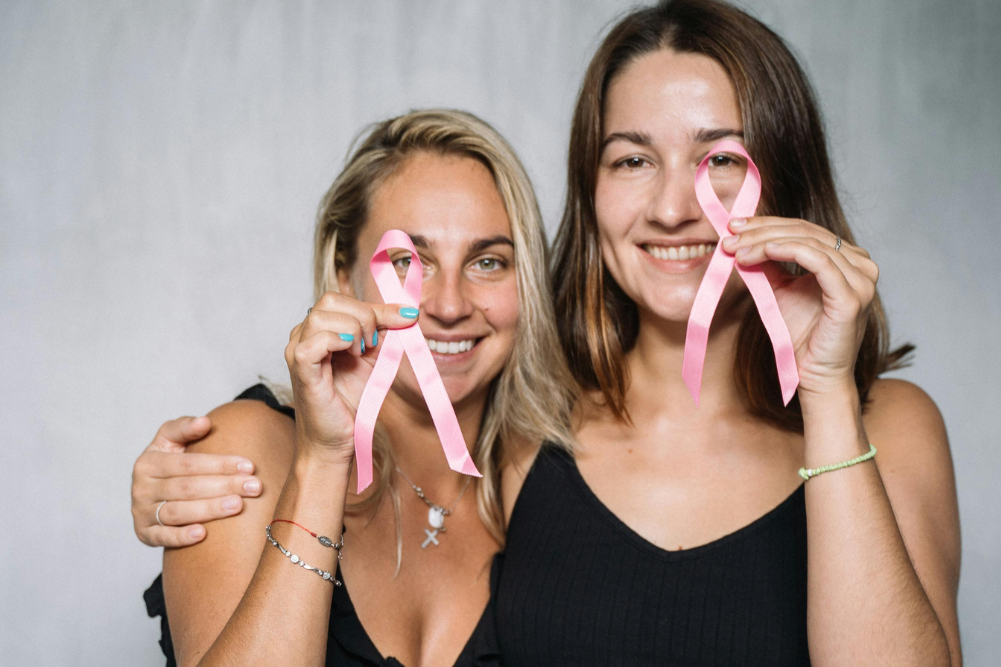Supercharge your spiritual awakening
In the 2005 book A New Earth, spiritual writer and teacher Eckhart Tolle speaks of the arising of a collective spiritual awakening affecting humans on a global scale.
Dr Anna Halafoff , coordinator of the Spirituality and Wellbeing Research Network at Deakin University, and an associate professor of sociology, says many prophecies exist that we’re coming into a time when more of us are becoming aware of our spiritual potential and the importance of living in harmony with one another.
Prophecies aside, evidence suggests there may be rising interest in thinking about the spiritual side of life. A 2021 McCrindle report, Australia’s Changing Spiritual Climate, found during Covid, 47 per cent of Australians surveyed were spending more time mulling over the meaning of life and their own mortality. Thirty-three per cent were thinking more about God. Interestingly, youth led the way, being much more likely to have partaken in spiritual conversations and thoughts, Bible reading and praying, than their elders.
Research by Dr Halafoff and her colleagues shows significant percentages of young Australians in generation Z identify as spiritual. She relates this to the fact spirituality has gone mainstream. “You see it in popular culture,” she says. “You see references to spirituality — crystal shops or mushroom elixirs being sold in cafes in menus that look like spell books, the popularity of astrology, for example, or a concept like karma showing up in a Taylor Swift song.”
Partly, this is due to the intertwining of spirituality with wellness, which in itself has grown exponentially. “A lot of the things that people are doing now for their health and wellbeing have connections and origins to some spiritual movements, knowledges and ideas,” Dr Halafoff says.
But some of us don’t associate spirituality with downward-facing dog or mushrooms. Others don’t want to step inside a church. Given the variety of opinions and experiences, what is spirituality, exactly?
Defining the spiritual
Spirituality differs from person to person — which is why it can be such a source of conflict and contention. Our view can also change over the course of our lives.
In its broadest sense, Dr Halafoff defines it as a sense of connection with something greater than oneself. “So that could be with some kind of consciousness, with the universe or with the more than human natural world,” she says.
A definition cited by Spiritual Care Australia describes spirituality as intrinsic to humans and how we seek and find meaning, purpose and transcendence as well as experience relationships to ourselves, others, nature and the significant or sacred. Typical spiritual questions and topics concern death, life’s meaning, our identity and purpose, how to transcend suffering, loss and death.
A common spiritual concept is the belief in an immaterial, immortal “soul” or “higher self”. Rumi, the 13th-century Sufi mystic, described this part of us as an “essence” of “pure consciousness … born from the rays of God’s majesty.”
Spirituality in Australia
What we ultimately believe and how we engage in spirituality is heavily influenced by our culture. Research by Dr Halafoff and her colleagues shows there are three main types of spirituality we tend to turn to in Australia.
Indigenous spirituality is practised by Indigenous communities and is place based and diverse from community to community. Research shows there’s an increased interest in Indigenous culture, knowledge and spirituality, Dr Halafoff says.
Religious spirituality involves following a religion or deity, such as Christianity, Islam or Hinduism. It’s usually more institutional and organised and, typically, it’s equated with a connection to God, the universe or nature. “There’s that more kind of interior relationship that people build with supernatural forces, alongside devotion to a religious faith,” Dr Halafoff says.
Holistic spirituality as it’s known by academics, is an eclectic spirituality popular in the West today. It draws upon the spiritual knowledge of Indigenous societies, the counter-culture revolution (of the 60s and 70s), associated with hippies, peace, love, Buddhist and Hindu teachings, and the New Age movement of the 1990s with its fusion of spirituality with wellness and harmony with nature.
Nature Connection
Environmentalism and the green movement are viewed by some as a new religion with its own deity (Mother Gaia), morality and sense of guilt/sin (arising from growing awareness of environmental issues).
Dr Halafoff says there’s increased interest in nature connection in Australia and globally — there isn’t necessarily a spiritual motive attached to this, but there can be. She attributes this trend to the stress and pressure of modern life and our need to create a more harmonious, peaceful self and world. Data shows females in particular are aff ected by these stresses, Dr Halafoff says. They’re also more likely to pursue a spiritual practice than males.
There’s also a lot of crossover that occurs between the different streams of spirituality, Dr Halafoff adds. We may, for example, practise religion based spirituality alongside permaculture and meditation, crystals and astrology.
Spiritual Awakening
Dr Halafoff says research shows interest in the spiritual dimension of life is often triggered by a significant life event that involves suffering. This inevitably leads us to ask the big questions in life, she says. “Often, people in this case turn to some of these spiritual, religious texts and teachers to help provide some of those answers.”
In A New Earth, Tolle examines how old age, illness, disability, personal tragedy and other forms of loss weaken attachment to our outer form. He frames this positively as an opportunity for inner and outer transformation through spiritual awakening to the existence of our higher self and a higher power, creator or consciousness. According to Tolle, this process can help free us from the suffering inherent in living within our emotions and the ego survivor brain, helping us to discover the inner peace and joy of being. Central to this idea is the Buddhist]
philosophy of life as suffering, dissatisfaction, impermanence and illusion and the Christian concept of sin and salvation, Tolle says. This spiritual awakening has variously been described within religious and spiritual traditions as rebirth, consciousness, enlightenment, liberation, truth and more.
On a less intense level, Dr Halafoff says spiritual awakening can also come about through our curiosity, reading or exploration, life stress or connections to others with a spiritual experience. It could start out to be completely nonspiritual, like a secular practice of mindfulness or yoga that leads us to want to learn more about the spiritual dimensions of those practices, she says.
Purposeful Living
Rita Tusa stumbled into a life-changing spiritual practice by chance. “At the time, I was feeling unfulfilled in my life,” she says. “I was 38 and had left my job of 17 years as a make-up artist. I didn’t know what I wanted to do with my life. I was lucky enough to stumble across Kundalini yoga. I wasn’t intentionally looking into spirituality, it found me. I fell in love with the practice from my first class and it completely changed me.”
Kundalini yoga brought her more awareness and inspired her to want to find her dharma or purpose. “I ended up doing kundalini yoga teacher training and I also studied theta healing, which taught me the power of clearing beliefs and being the cocreator of your life,” she says. “Spirituality changed my perception of having no control over my life and feeling disempowered. It gave me the tools and awareness I needed to find my purpose and move towards living the life I truly desire.”
Superpowers
The benefits of spiritual practices are many and well documented by studies. They include more conscious living, greater hope, sense of self-worth, meaning, purpose and control, resilience to life’s problems, better physical and mental health, improved mood and much more. It’s no wonder they’re likened, by some, to supernatural powers.
Studies show mindfulness meditation, for example, protects brain function, slows cellular aging, decreases anxiety and depression and our perception of pain and improves sleep, mental clarity and focus and much more.
In a study on the connection between spirituality and health outcomes, researchers at Harvard University analysed hundreds of studies. They found those who attended religious services had healthier lives, greater longevity, less depression, suicide and substance use.
Connection and Interdependence
Dr Halafoff believes the benefits of spirituality mostly come down to relationality (in other words, connection). “If you think of yourself as a separate individual disconnected from society and nature, it’s a very lonely and difficult place to be,” she says. “Spiritual movements and worldviews provide people with a sense of connection to something larger than themselves — whether that’s to the spiritual community that they’re connected with or going to a meditation group, to deities, the forest and trees or being with pets and animals.”
Such connection and interdependence in turn creates a sense of responsibility to something more. Dr Halafoff says research suggests spiritual people are deeply connected to their groups and communities and motivated to be of service to others, live ethically and do good in the world.
Cultivating our spirituality
In this day and age, many of us begin our spiritual journey and exploration online, Dr Halafoff says. For those starting out, she suggests looking for books, podcasts, videos and other media on spiritual topics, and attending talks, workshops, classes and retreats. “Often, a spiritual journey is in stages, people begin exploring in their own time, then reach out to a community or go into a deeper experience of a retreat,” she says.
Common methods for engaging in spirituality in our culture include meditation, prayer, mindfulness, gratitude practices, mantras, breathwork, yoga, chanting, energy work and spiritual study. Other ways include connecting to angels, asceticism, nature and religious spiritual communities or even pilgrim-style travel (like the Camino de Santiago Trail in Spain, climbing mountains or staying in an ashram).
Growing our spiritually is essentially about making space and priority for it in our lives.
Cautions
When testing the spiritual waters, it’s also important to be aware there can be risks and harms. “There have been instances of abuse within spiritual communities, whether fi nancial, sexual, physical or emotional,” Dr Halafoff says. Given our modern consumer approach to spirituality, watch out for shonky dealers, charlatans, false paths and fake prophets. “Really check out the community before the community before getting too involved,” she suggests. “Look at the practices and attitudes within the community — are they respectful, safe, kind and compassionate? Have a look at what the leaders of the community and their values are embodying. If it seems harmful [to you or others] it’s best not to get involved.”
Also avoid the “spiritual the “spiritual bypassing” that suggests suffering is okay if it’s going to lead to something better, she says. “If the ultimate goal is to live in a more compassionate, loving universe, then it’s also important that spiritual persons be aware of how they live. You’re not in your own reality but a relational reality: what you do impacts on others.”
Spiritual communities of all kinds, but especially traditional, institutionalised religions, may have very prescribed practices and rules about how to do things — how to dress, eat, speak and so on — and rigid ideologies and beliefs, which can be divisive. Remember that spirituality isn’t an opinion. It’s an experience.
Expert and case study contact details
Dr Anna Halafoff
Associate professor of sociology and coordinator of the Spirituality and Wellbeing Research Network at Deakin University.
Website: experts.deakin.edu.au/2790-anna-halafoff
Rita Tusa
Kundalini yoga teacher and practitioner
Business website: theheartenergycentre.com.au








